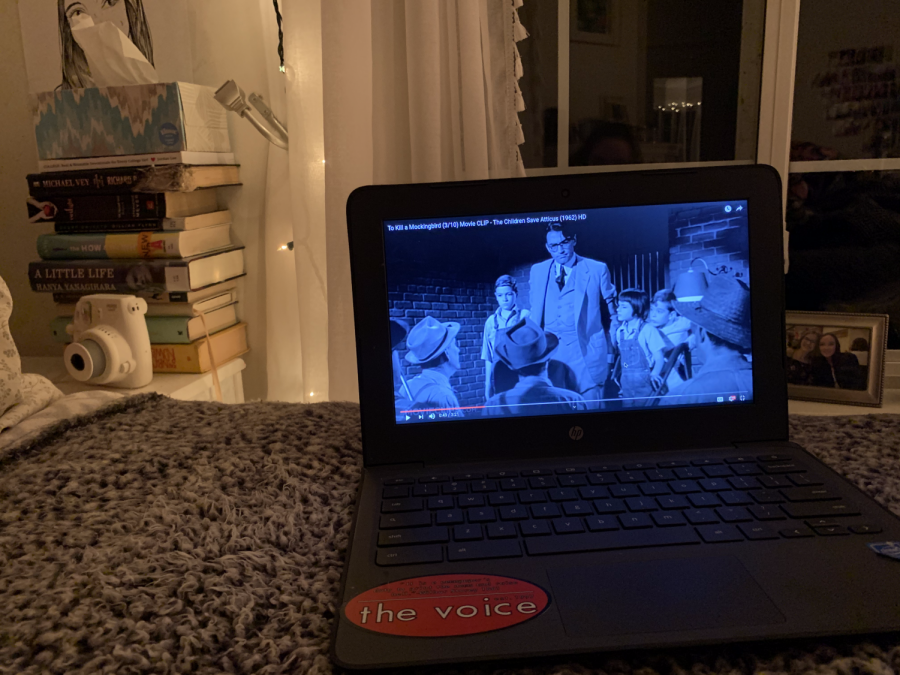Book to Bigscreen: “To Kill A Mockingbird”
March 2, 2020
You’ve spent weeks anticipating your favorite book’s movie adaptation. You’ve obsessed over the cast, meticulously examined the soundtrack, poured over the fan theories. You’ve cleared your schedule to ensure you’re available to see your favorite characters come to life on the big screen. You’ve planned every detail down to the showtime and the seat number. You’re anticipating a masterpiece.
And it’s an absolute failure.
Us book lovers have all experienced the disappointment that comes with a terrible book to movie adaptation. Our hopes are crushed, our dreams shattered. Let me save you some time.
I’ve read a lot of books. I’ve watched a lot of movies. I haven’t seen everything, but I have a fairly large repertoire of worthwhile adaptations.
I’m going to assume you all remember reading “To Kill a Mockingbird” (written by Harper Lee) in high school. Whether you actually paid attention or just read the Spark Notes, there’s a reason the novel won a Pulitzer Prize in fiction. Both the book and the movie do a remarkable job of analyzing the racial tensions that existed in the South during the early 20th century.
“To Kill a Mockingbird” follows the Finches, a white, single-parent family living in Maycomb, Alabama in the 1930s. Atticus Finch (played by Gregory Peck) is a prominent lawyer who has been tasked with representing Tom Robinson, an African-American man falsely accused of raping a white woman. His two children, Scout (played by Mary Badham) and Jem (Philip Alford) become fascinated with Radley Place, a spooky house where Arthur Radley lives, nicknamed Boo by the local community. The children of Maycomb are terrified of Boo, since in recent years he hasn’t been seen venturing outside his house.
As the Finch children unknowingly develop a close relationship with Boo, Atticus struggles to defend Tom in a town that is determined to send him to jail, despite the lack of evidence presented during the rape trial. Though it is clear that Tom is innocent, the all-white jury convicts him, and he later dies attempting to escape jail following the trial. Towards the end, Boo saves Scout and Jem from Bob Ewell, a man vying to get revenge for the humiliation his daughter endured as a result of the rape trial. Reflecting on Boo’s heroic act, Scout vows to be more empathetic towards others and learn from her father’s strong moral code.
The movie, released in December of 1962, was directed by Robert Mulligan and won an Academy Award for Best Writing Adapted Screenplay. My favorite part of the movie would have to be the courtroom scenes. The movie makes it glaringly clear that Tom Robinson is innocent, and the audience feels palpable frustration in the realization that racism will prevent justice from being served.
The actors’ portrayals of the characters are spot-on, especially Gregory Peck’s Atticus Finch. He perfectly demonstrates the gentle firmness that Atticus’ character is all about. If I were to imagine what a real-life Atticus would look like, Gregory Peck would be pretty close.
Though I recommend you read the book before you watch the movie, both are fantastic productions that will leave you examining the lasting racial prejudice that exists even in our current time.



